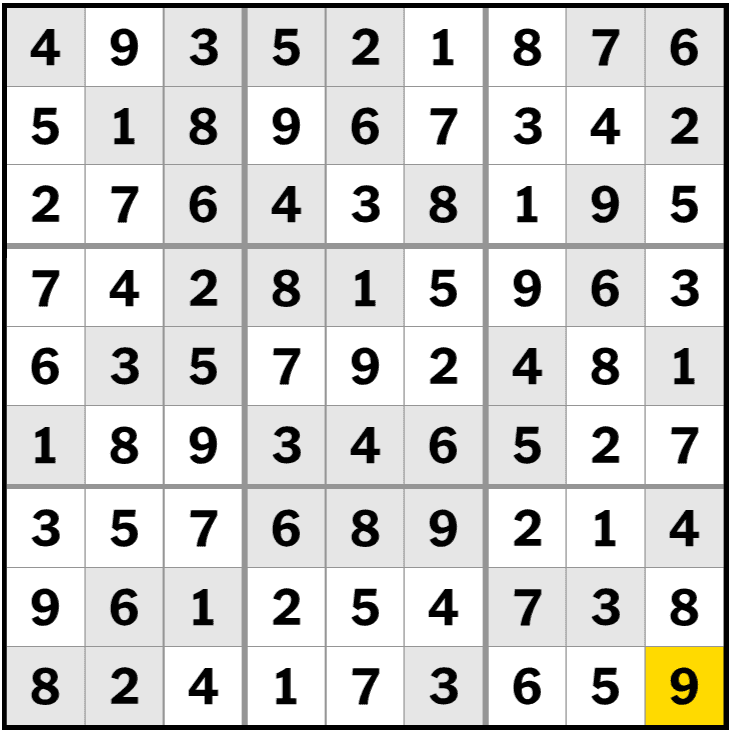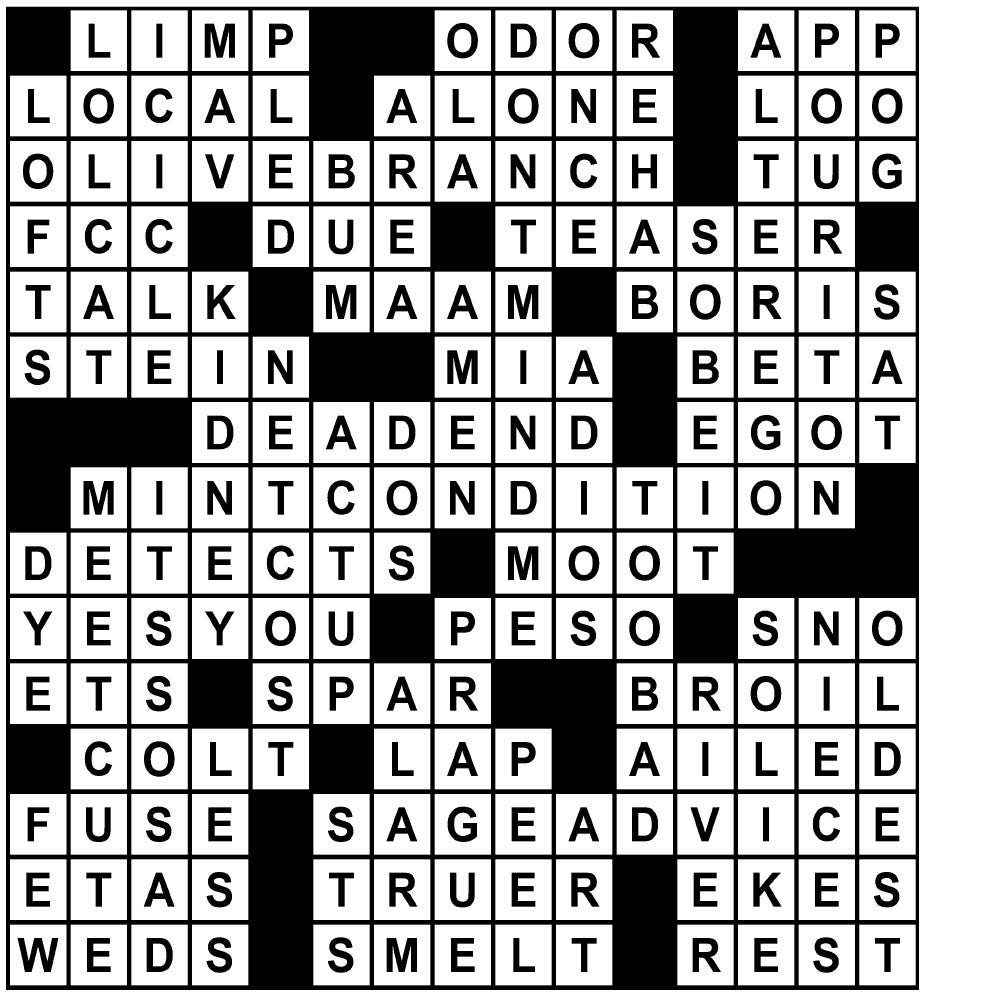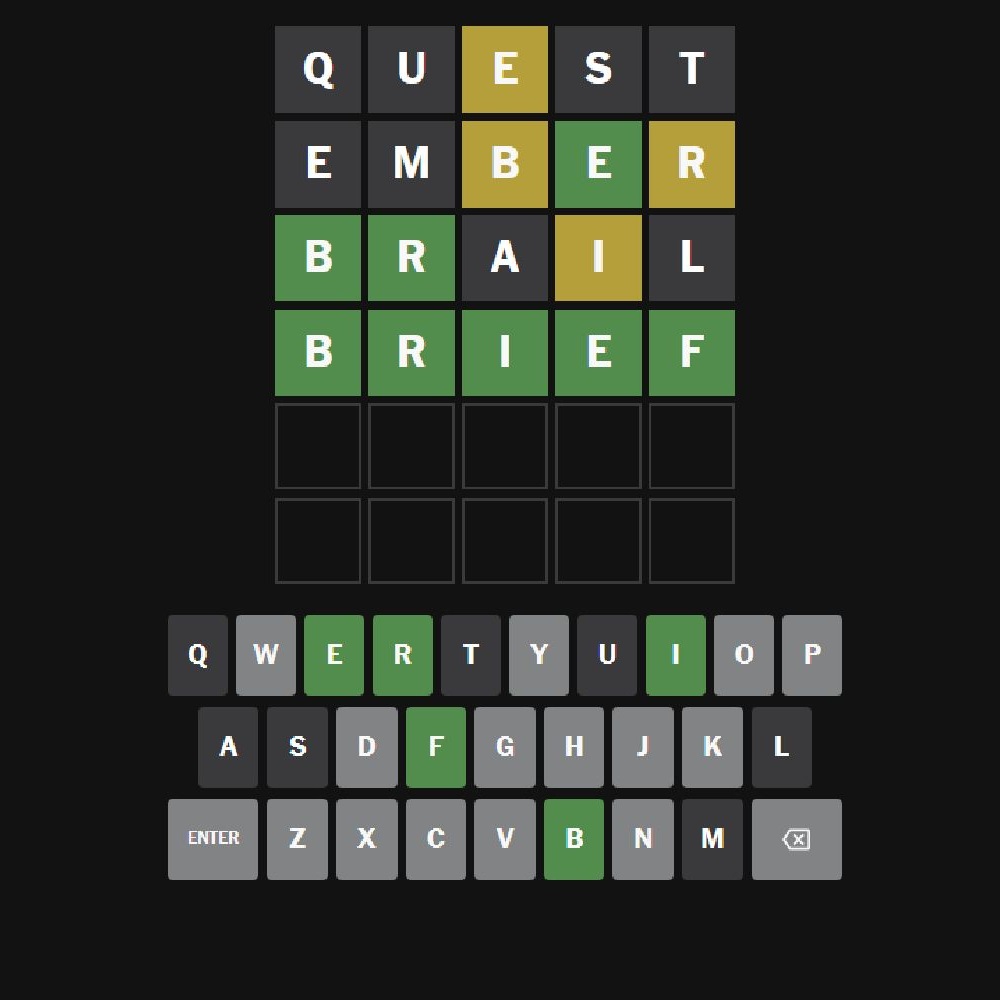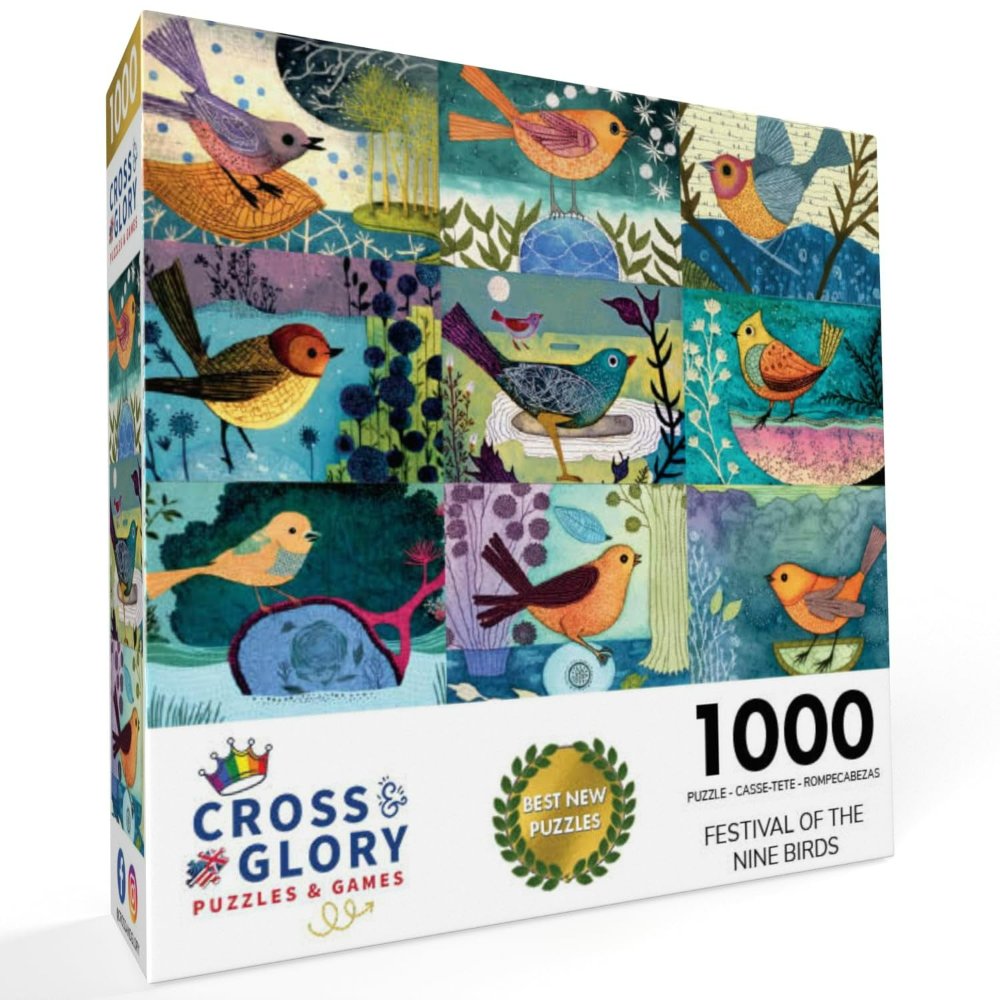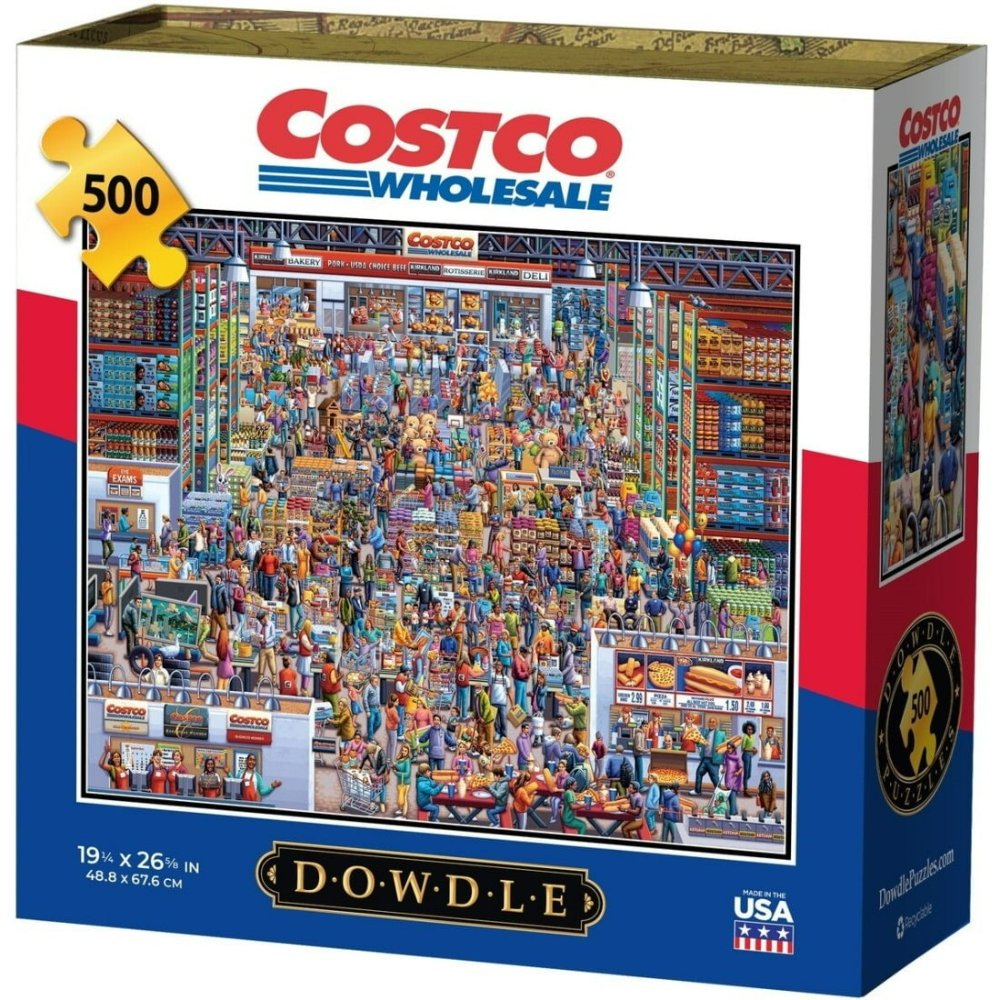Introduction to Word Games
Newspapers have long been a source of entertainment and engagement. The New York Times (NYT) has embraced this tradition, offering readers a rich selection of word games. Among these, the most popular is the NYT Crossword. It challenges the mind and showcases language in an entertaining way. The crossword puzzle has become a daily staple for many. Often, players work on it during their commute or over coffee in the morning. The sense of accomplishment after completing a puzzle is rewarding. It provides a great mental workout, boosting cognitive skills.
In addition to the crossword, NYT offers other word games. Games like Spelling Bee and Letter Boxed invite players to explore language creatively. Each game tests word knowledge but also encourages players to think outside the box. NYT games appeal to all types of players, no matter their skill level. Beginners can find joy in the simpler puzzles, while veterans enjoy the more complex challenges.
The Thrill of the NYT Crossword
The NYT Crossword is a cultural icon. People often gather to discuss clues and share tips. There’s even a community of avid puzzlers who connect online. This sense of community boosts the game’s appeal. Players often benefit from shared strategies and insights. A dedicated group even meets weekly to tackle the hardest puzzles together. They celebrate victories and share humorous failures.
The NYT Crossword also features varying levels of difficulty. The Monday puzzles are easy, while the Saturday ones are notoriously tough. This structure keeps players engaged throughout the week. Many enjoy the challenge of returning to a particularly difficult puzzle. Completing it can feel like winning a small battle. This sense of achievement fosters a love for the game.
Another special feature of the NYT Crossword is its topical relevance. It often includes clues about current events or pop culture. This keeps the game fresh and relevant. Players feel connected to the world around them. They learn new information as they solve. The puzzle often serves as both entertainment and a learning experience.
Spelling Bee: A Unique Twist
Spelling Bee is another popular offering from NYT. It asks players to create words from a set of letters. The challenge lies in using a core letter at least once in each word. This restriction makes players think creatively. Many enjoy the process of discovering new words. In the Spelling Bee, players can earn points for each word they form. Longer words earn higher scores. The goal is to find the “pangram,” the longest word that uses all of the letters.
The Spelling Bee game encourages daily practice. Each day, the puzzle resets with new letters. This keeps players coming back for more. Some players make it a part of their morning routine, enjoying the mental challenge. Over time, they expand their vocabulary. Players often share their scores and strategies with friends. This adds a social element to the game.
One reason for Spelling Bee’s popularity is its accessibility. Players can participate from anywhere, whether at home or on the go. The puzzle’s format is straightforward, making it easy to understand. This appeals to people of all ages. Families enjoy playing together, turning it into a fun bonding activity.
Letter Boxed offers a different experience. It is a word game located inside a box created by letters. Players must form words by connecting adjacent letters. The challenge lies in using all the letters available. This requirement pushes players to be strategic about their word choices. Each game only allows the letters to be used once per word.
Players often face a time limit in Letter Boxed, which adds excitement. It tests their ability to think quickly and creatively. The game encourages players to explore various combinations. It fosters critical thinking and problem-solving skills. Many enjoy the rush of finding new combinations under pressure.
Like Spelling Bee, Letter Boxed resets daily. This keeps players engaged, eager to try new challenges. Players often compare their scores and strategies with friends, fostering a sense of community. This collaboration and competition enhance the game’s fun factor.
The Cognitive Benefits of Word Games
Engaging with NYT word games offers many cognitive benefits. Regular mental challenges can sharpen focus and keep the brain active. Puzzles like crosswords might improve memory and recall abilities. Players actively engage their minds, stimulating neural connections.
Studies have shown that puzzle-solving can reduce cognitive decline. Keeping the brain engaged is crucial as we age. Word games provide a fun, engaging way to maintain mental agility. They can even lower stress levels. Players often find joy in the challenge, which acts as a healthy distraction from daily life.
Social interaction is another key benefit. Many players form communities to discuss puzzles. They share tips and strategies, enhancing their collective knowledge. This collaboration strengthens relationships and creates bonds. Engaging with others over the games adds a deeper layer to the experience.
The Future of NYT Word Games
The future of NYT word games looks promising. As technology advances, so do the ways we engage with puzzles. NYT has enhanced its digital presence, making games accessible online. Players can access their favorite games anytime. This convenience attracts a broader audience. Young people are discovering the joy of word games through digital platforms.
Future developments may include more interactive experiences. Players could enjoy features that personalize their gameplay. AI and machine learning could tailor challenges to individual skill levels. This would ensure that each player remains engaged and continually challenged.
There’s also potential for expanding the variety of games. NYT could explore different formats and themes. More diverse content would attract even more players. It could integrate elements of storytelling into puzzles, enhancing the overall experience.
The Allure of NYT Sudoku
Introduction to Sudoku
Sudoku has captivated puzzle enthusiasts for decades. Across the world, people embrace its unique challenge. The small grid of numbers invites intense focus and logical thinking. NYT Sudoku has become a popular destination for Sudoku fans. It offers players a rich array of puzzles, ranging from easy to extreme difficulty. Players often find satisfaction in completing each puzzle. Each solved game delivers a sense of achievement. This feeling of accomplishment keeps players engaged.
Sudoku is known for its simple rules but complex strategies. The objective is clear: fill a 9×9 grid with numbers so that each row, column, and 3×3 box contains the digits 1-9. This straightforward concept hides layers of complexity. Players must carefully consider their moves. Each number must be placed with precision. Many will find their minds buzzing with possibilities as they tackle the challenges.
One of the game’s most appealing aspects is its accessibility. Players don’t need any special equipment; all they need is a pencil or pen and paper. Many players also enjoy digital versions available online. NYT’s digital platform allows players to enjoy Sudoku anytime and anywhere. This level of accessibility has expanded the Sudoku community.
The Varied Difficulty Levels
NYT Sudoku offers a range of difficulty levels catering to all types of players. On a typical day, you might find puzzles labeled as easy, medium, hard, and expert. This structure allows players of all skill levels to enjoy the game. Beginners can start with easy puzzles, developing their strategies. As they grow more confident, they can attempt harder challenges.
Each difficulty level presents unique challenges. In easy puzzles, numbers are placed in a way that leaves fewer possibilities. The strategies needed are relatively straightforward. Conversely, expert puzzles require advanced reasoning skills. They demand deep logical thought and a keen eye for patterns.
Many players enjoy the progression they experience as they tackle each level. Over time, they can see real improvements in their skills. Each completed puzzle becomes a testament to their growing expertise. This sense of progression keeps players motivated. It encourages them to push forward to tackle the next challenge.
The Benefits of Practicing Sudoku
Sudoku provides numerous cognitive benefits. Engaging regularly can enhance logical thinking and problem-solving abilities. Players develop patience and concentration as they focus on each puzzle. These skills translate into various aspects of life.
Research suggests that solving puzzles like Sudoku can improve memory. This mental exercise keeps the brain active and might delay cognitive decline. Players often find themselves absorbed in the world of numbers. It provides a blissful escape from daily stressors.
Another hidden benefit is the sense of community that can form around Sudoku. Many puzzle lovers share hints and strategies. They join online forums or groups to discuss challenges. For some, this community becomes an essential part of their experience. Sharing victories and learning from others adds richness to the practice.
Engaging with the Sudoku Community
Sudoku’s community is vibrant and active. Many enthusiasts share their love for the game through social media. They post about their experiences, share tips, and offer encouragement. Some even write blogs dedicated to discussing puzzles. This online presence fosters a deeper connection among players.
Additionally, competitions have risen in popularity. Many Sudoku enthusiasts participate in local and national tournaments. These events not only celebrate the game but also forge friendships. Players often share their practice techniques and insights. The camaraderie built around Sudoku enriches the experience.
The connection formed by shared interests transcends geographical limitations. Players from various backgrounds and locations come together. They bond over solving puzzles and celebrating victories. This network enhances the pleasure derived from the game.
The Future of NYT Sudoku
Looking ahead, the future of NYT Sudoku shines bright. Advances in technology can transform how players interact with puzzles. Digital Sudoku applications may offer interactive features that personalize the experience. Players could receive tips based on their progress, helping them improve further.
Additionally, the potential to incorporate gamification elements could attract younger players. Features such as achievements, leaderboards, and challenges could make Sudoku even more engaging. A sense of competition mixed with community could enhance player experiences.
The NYT may also expand Sudoku’s reach. New formats or themed puzzles could provide variety. Special events, like Sudoku marathons or collaborations with famous puzzle creators, might offer new experiences. As more players discover the allure of Sudoku, the community will continue to grow.
Conclusion
NYT’s word games and Sudoku become more than just entertainment; they foster connections, boost cognitive function, and provide a rich sense of achievement. Whether it’s the thrill of solving a crossword, the challenge of Spelling Bee, or the satisfaction of completing a Sudoku puzzle, players find joy in each game. Both offerings from NYT cater to a broad audience, encouraging players to engage, learn, and connect. As technology evolves, these games stand poised to reach even wider audiences, ensuring their place in the hearts of future generations.
